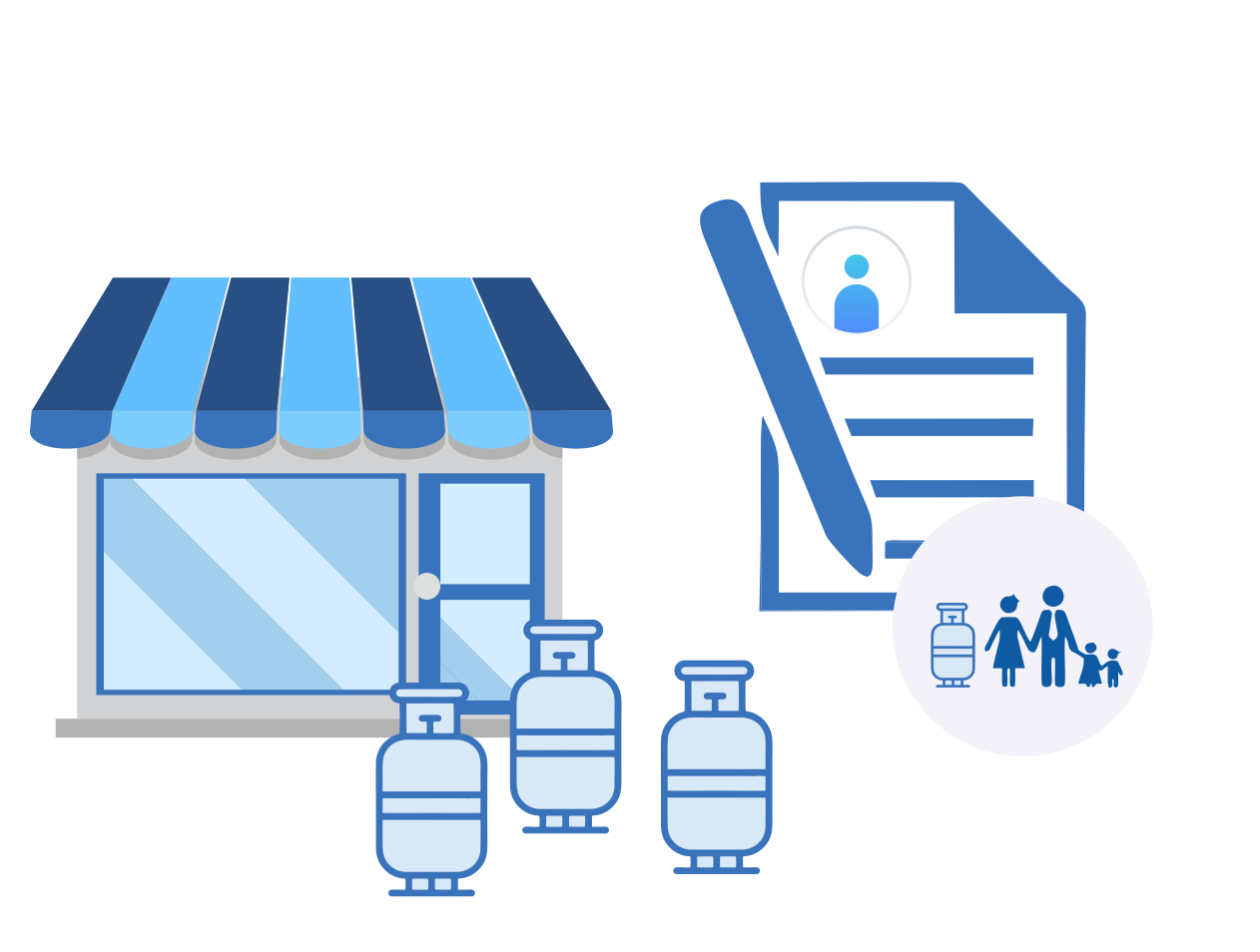A pan India non-profit used data governance, data management principles to identify on-ground beneficiaries .
The pan India non-profit had more than 2 million members participating in different programs related to skill development, livelihood, poverty alleviation and vocational training. The programs were designed based on local needs, and often overlapped in scope and coverage. The biggest issue with the non-profit was that they were not aware of how many different families they were reaching, and if the same person was getting enrolled across different centres.
Mapping beneficiaries to social programs
The non-profit wanted a better understanding of whom they were serving and how many unique households were being served through the social programs
- The unique id mapped beneficiaries with 99.8% correctness (pilot of 10,000)
- Family trees could be generated using the unique ids
- A web based interface with digital solution to register new beneficiaries
The solution was deployed through a cloud based server and could be accessed through the web interface from anywhere. Even at locations with no internet connectivity.
Multiple centres. High duplication
The non-profit had multiple centres across localities where people could walk-in, enquire about the programs and register themselves or their family members. Each centre was supposed to enter the details, including family details, home address and phone numbers. Each of the beneficiaries was provided a registration number, that had a high potential of getting misplaced or being used by someone else in the absence of verifiable records.
The biggest problem was the lack of understanding of why the beneficiary data was important and the need to maintain them. They were looking at the solution merely as a tool to measure the true reach of their programs and the number of households impacted. We presented how the beneficiary management system was a prelude to number of improvements that could be enabled – from program implementation to return on investments.
Not just a data entry tool
Beneficiary Management System solved the primary requirement of our client to remove duplicates, identify the unique number of beneficiaries their programs were supporting. It also allowed mapping a family tree to measure the number of households they were serving. This helped them communicate better with the funders and improve program outcomes.
Apart from above, the non-profit is now able to measure the impact of their program in a better way, through social return of investment (SRoI) measure. It has also allowed the non-profit to have a database of all individuals they have worked with, allowing them to create a vibrant community of beneficiaries. They have used the information to reach out to corporate partners for skill based job fulfilments. And lastly, the non-profit has now defined KPIs to measure their operational efficiencies & performance each month.




